Top 3 Repricing Strategies for Wholesalers and Brand Owners
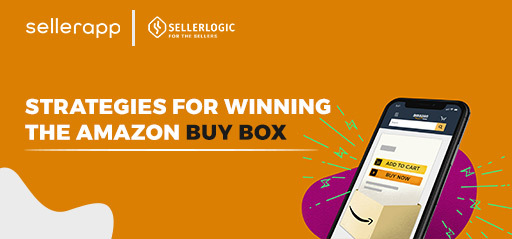
Using a tool to adjust your product prices to the current market situation is a no-brainer. A human cannot set prices better or more accurately than software, nor do business owners have the time to track and evaluate hundreds of price changes per day for every individual product and adjust the price accordingly.
Here’s the thing though: if you want to use a repricer, you need to think about the right price adjustment strategy. This depends first and foremost on the type of product that a marketplace seller offers on Amazon:
- Wholesale involves items from existing brands that are resold by a third party. The decisive factor for success is whether or not the seller’s offer wins the Buy Box on the product detail page.
- In the case of Private Labels or Brands, on the other hand, the brand owner sells goods. Here, the Buy Box is less important than the ranking of the listing in the Amazon search.
Accordingly, the pricing strategies that sellers should adopt also differ. In the following, we will show you which strategies are suitable, based on concrete use cases.
Winning the Buy Box: Top Strategy for Wholesale
About 90% of the conversions on the product detail pages on Amazon take place via the Buy Box because only very few customers even register that there is a second “box” displaying other sellers further down on the product page. The competition for the small yellow box is correspondingly high, especially when selling Wholesale.
To get the Buy Box, the product price is the main determining factor, along with several other factors. Unlike traditional, static repricing tools, a dynamic repricer does not rely solely on the lowest price.
The smart algorithm continuously analyzes the market situation and raises the price until either the maximum price is reached or the premise of holding the Buy Box prohibits a further price increase.
Do you know all the important criteria for winning the Buy Box? It’s not only the shipping time and the price that matter but also other metrics like customer service that you should always keep in mind! Download our free workbook now and learn what criteria you need to meet!

Application Example of the Buy Box Strategy
In the vast majority of cases, the goal of wholesale sellers is to keep the Buy Box as frequent and constant as possible. This strategy is therefore particularly suitable for products of other brands where there is high competition for the Buy Box, for example, the Logitech wireless keyboard with the ASIN B07W6JNQ1Y has over 24 different sellers competing with each other for sales (date of reference: February 14, 2022).
Sellers with the SellerLogic Repricer would have the advantage here that their product is optimized not only for the lowest price but for the highest possible price.
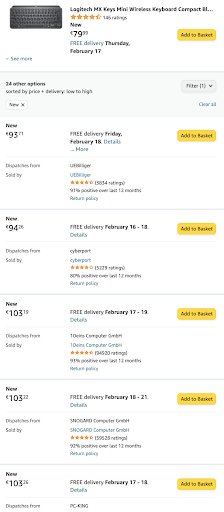
In this way, a dynamic repricer like ours makes it possible to win the Buy Box without losing sight of your margin. On the contrary, you increase your sales and achieve higher prices and higher margins than without using the tool!
Increasing Sales and Ranking: Top Strategies for Brands
However, not every Amazon seller sells highly competitive wholesale products. For less well-known brands with only one seller or even private labels, it would therefore make little sense to push the Buy Box, as this is usually already won without price optimization. Instead, sellers should optimize for their own sales figures.
Sales-based Strategy
The repricer starts daily at 00:00 at a fixed starting value, for example, the minimum price. If the sales figures increase, the price can be raised gradually based on this increase, for example by three percent for every 50 units sold.
For an even better result, combine different approaches, for example, that the price increase is higher in percentage terms the more items of a product have already been sold. Vice versa, the reverse case can also be specified: after X units are sold, the price drops by Y percentage points.
Application Example 1 of Sales-based Strategy
Let’s assume that a seller sells decorative items of his own brand “FineFlowers” on Amazon, including floral vases with a starting price of 79,99 euros. In the morning, some orders usually come in, but the daily business takes place mainly in the evening hours.
Therefore, the seller instructs the repricer to lower the price of the vase SKU by five euros after 50 units have been sold. After another 50 sales, the price drops again by four euros.
The price reduction usually boosts sales, which in turn increases the ranking of the product detail page. In the evening hours, when most shoppers in this category are browsing Amazon, the visibility and findability of the product are significantly better and sales pick up. At midnight, the price is raised again – preventing a price drop.
Application example 2 of Sales-based Strategy
The same seller is also active in the pet supplies sector. With a starting price of 50 euros, the ten-kilo bag of premium dry dog food is no bargain, but due to the mono protein source and organic ingredients, the food has been able to establish itself on the market and is reasonably well-known among dog owners with an allergic dog.
As a result, the product has already been able to build up quite a good visibility in the Amazon search. With the Repricer, the seller now raises the price by ten percent after 20 units have been sold, after another 20 sales he lowers it again by ten percentage points, raises it again, and so on.
In this way, he can achieve a higher margin for this product during the day without risking a possible loss of findability or visibility of the listing.
Time-based Strategy
A strategy based on time of day, week, e.g. also makes it possible to optimize the price based on strong selling periods. In contrast to the sales-based strategy, however, this strategy is not applied in a 24-hour rhythm, but can be extended to a duration defined by the customer. In addition, time-period-based and unit-count-based optimization can be combined.
Private label/brand sellers, in particular, benefit from being able to control their sales prices over a longer period and thus influence demand for the product. For example, the repricer can raise the price by a certain value Y when demand is particularly high in the last X days. When demand decreases, he again optimizes the price downwards.
Of course, it is also possible with this strategy to prevent the loss of the Buy Box by setting the checkmark in the appropriate place. This means that this kind of optimization is also suitable for sellers of less competitive merchandise.
Application example 1 of Time-based Strategy
Our seller has noticed that he is receiving more and more inquiries as to whether the mono protein dog food is also available as wet food. That’s why he now sells the food in a can as well. However, since it is a new listing on Amazon, visibility and findability are correspondingly poor right after the product launch.
For this reason, the seller specifies that the repricer should increase the product price by 0.10 euros after five sales and by 0.50 euros after ten sales. After 15 sales, the price should then increase by 3% and after 20 by 5%.
In this way, margin and ranking can be increased gradually.
Application example 2 of Time-based Strategy
Our seller has also added another flower vase to his decoration assortment. However, due to its unusual design, he is not sure whether the product will be popular. Therefore, he instructs the repricer to lower the price by one euro if less than ten units of the item are sold within a week.
If, on the other hand, more than 20 units are sold, the price is to be increased by one euro. If between ten and twenty sales are registered, the current price remains.
In this way, the seller can optimize the price up to the point where the product reaches the customers. If the desired sales figures are not achieved, the product sells off and capital is freed up. On the other hand, if demand for the product increases, the margin is maximized.
Do you want to increase your sales and margins? Get the SellerLogic Repricer for Amazon for 14 days for free now!
Final Thoughts
To sell on Amazon, you don’t need much more than a product. To sell successfully on Amazon, you need good ideas, hard work, and some smart tools. A smart and dynamic repricer to adjust one’s product prices to the market situation, without losing margin or profit, is essential.
However, the offered strategies must fit the seller’s own business. While optimization for the buy box is ideal for wholesale, brand owners should use sales- and time-based strategies.



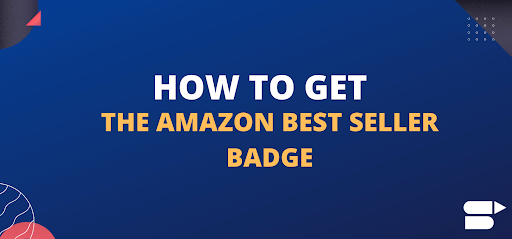

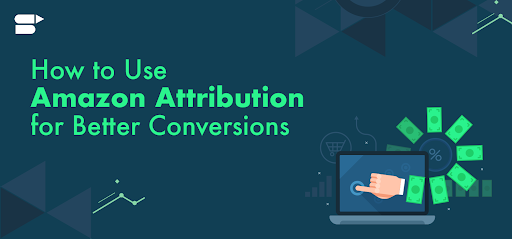


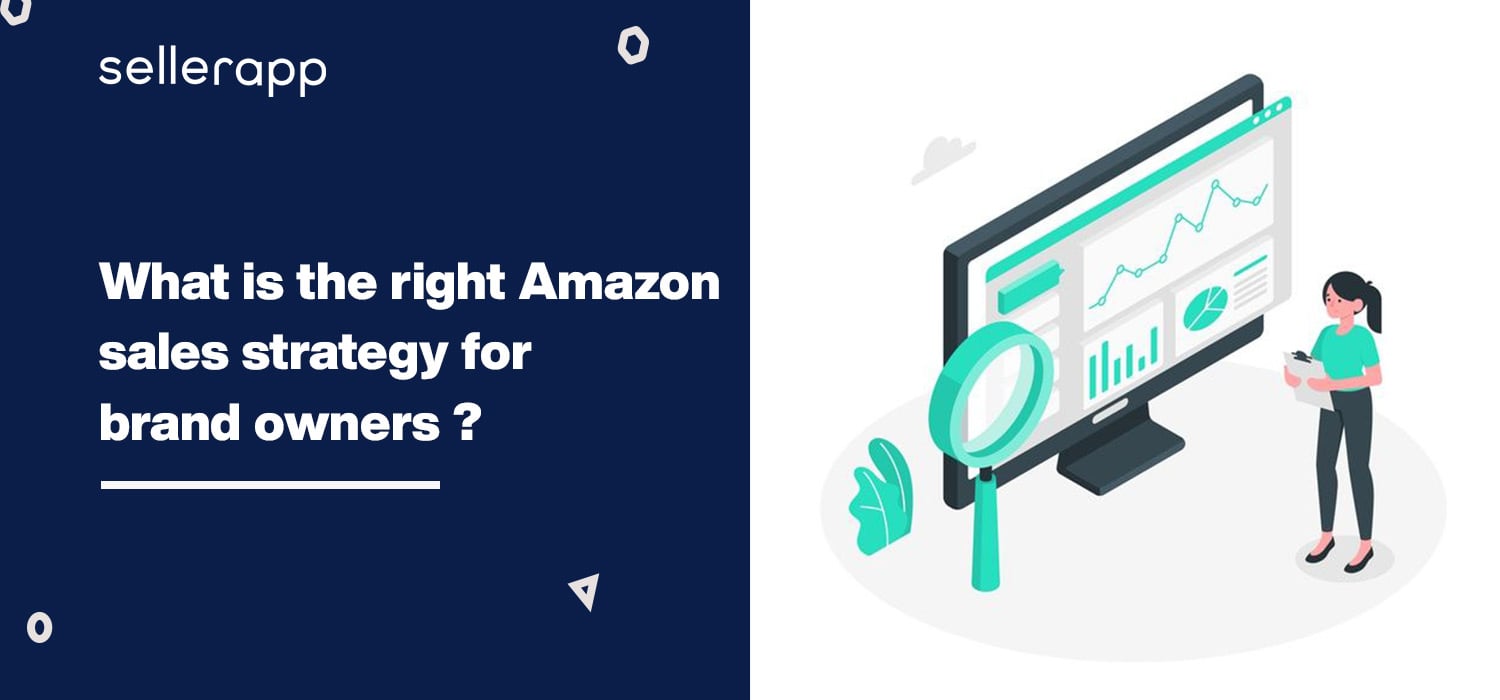
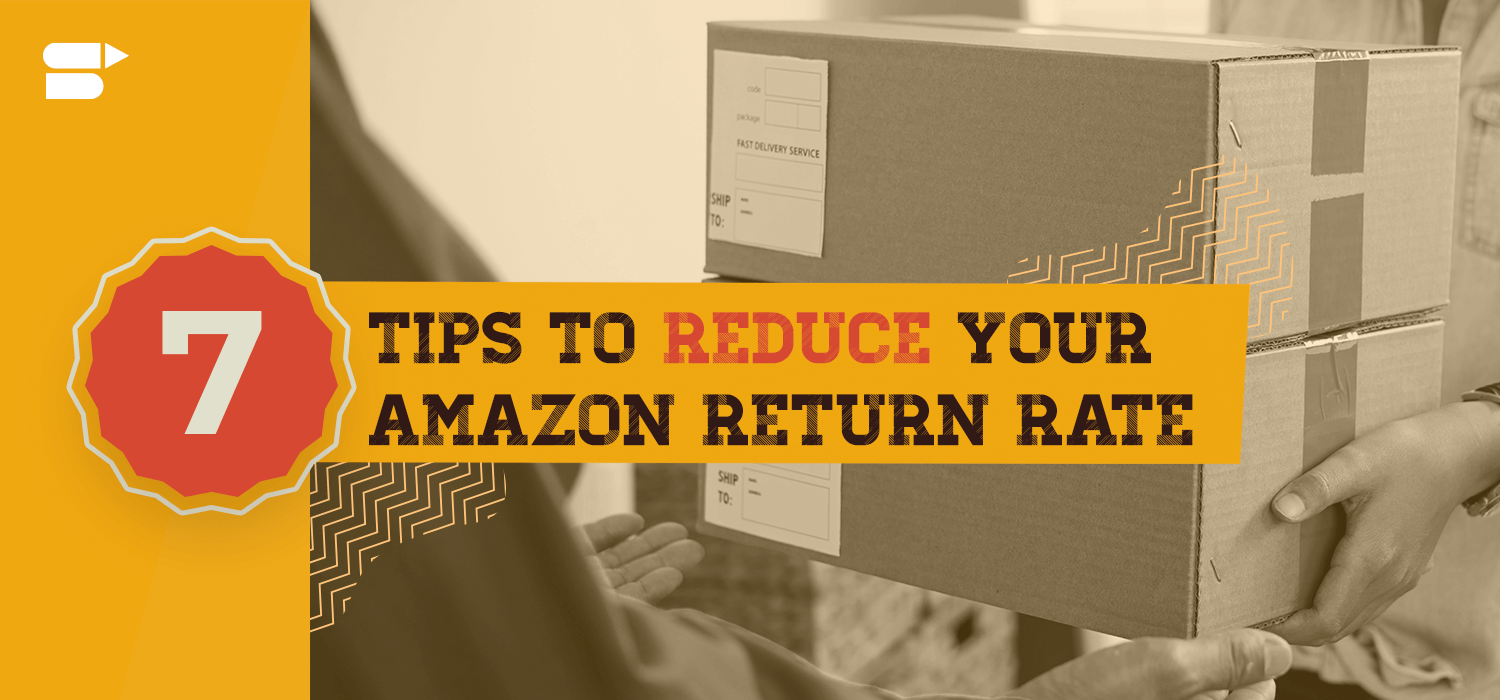
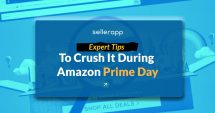
Park
June 23, 2022Quality Content.